SCIENTISTS HAVE BEEN using quantum theory for almost a century now, but embarrassingly they still don’t know what it means. An informal poll taken at a 2011 conference on Quantum Physics and the Nature of Reality showed that there’s still no consensus on what quantum theory says about reality—the participants remained deeply divided about how the theory should be interpreted.

Original story reprinted with permission from Quanta Magazine, an editorially independent publication of the Simons Foundation whose mission is to enhance public understanding of science by covering research developments and trends in mathematics and the physical and life sciences.
Some physicists just shrug and say we have to live with the fact that quantum mechanics is weird. So particles can be in two places at once, or communicate instantaneously over vast distances? Get over it. After all, the theory works fine. If you want to calculate what experiments will reveal about subatomic particles, atoms, molecules and light, then quantum mechanics succeeds brilliantly.
But some researchers want to dig deeper. They want to know why quantum mechanics has the form it does, and they are engaged in an ambitious program to find out. It is called quantum reconstruction, and it amounts to trying to rebuild the theory from scratch based on a few simple principles.
If these efforts succeed, it’s possible that all the apparent oddness and confusion of quantum mechanics will melt away, and we will finally grasp what the theory has been trying to tell us. “For me, the ultimate goal is to prove that quantum theory is the only theory where our imperfect experiences allow us to build an ideal picture of the world,” said Giulio Chiribella, a theoretical physicist at the University of Hong Kong.
There’s no guarantee of success—no assurance that quantum mechanics really does have something plain and simple at its heart, rather than the abstruse collection of mathematical concepts used today. But even if quantum reconstruction efforts don’t pan out, they might point the way to an equally tantalizing goal: getting beyond quantum mechanics itself to a still deeper theory. “I think it might help us move towards a theory of quantum gravity,” said Lucien Hardy, a theoretical physicist at the Perimeter Institute for Theoretical Physics in Waterloo, Canada.
The Flimsy Foundations of Quantum Mechanics
The basic premise of the quantum reconstruction game is summed up by the joke about the driver who, lost in rural Ireland, asks a passer-by how to get to Dublin. “I wouldn’t start from here,” comes the reply.
Where, in quantum mechanics, is “here”? The theory arose out of attempts to understand how atoms and molecules interact with light and other radiation, phenomena that classical physics couldn’t explain. Quantum theory was empirically motivated, and its rules were simply ones that seemed to fit what was observed. It uses mathematical formulas that, while tried and trusted, were essentially pulled out of a hat by the pioneers of the theory in the early 20th century.
Take Erwin Schrödinger’s equation for calculating the probabilistic properties of quantum particles. The particle is described by a “wave function” that encodes all we can know about it. It’s basically a wavelike mathematical expression, reflecting the well-known fact that quantum particles can sometimes seem to behave like waves. Want to know the probability that the particle will be observed in a particular place? Just calculate the square of the wave function (or, to be exact, a slightly more complicated mathematical term), and from that you can deduce how likely you are to detect the particle there. The probability of measuring some of its other observable properties can be found by, crudely speaking, applying a mathematical function called an operator to the wave function.
I think quantum theory as we know it will not stand. Alexei Grinbaum
But this so-called rule for calculating probabilities was really just an intuitive guess by the German physicist Max Born. So was Schrödinger’s equation itself. Neither was supported by rigorous derivation. Quantum mechanics seems largely built of arbitrary rules like this, some of them—such as the mathematical properties of operators that correspond to observable properties of the system—rather arcane. It’s a complex framework, but it’s also an ad hoc patchwork, lacking any obvious physical interpretation or justification.
Compare this with the ground rules, or axioms, of Einstein’s theory of special relativity, which was as revolutionary in its way as quantum mechanics. (Einstein launched them both, rather miraculously, in 1905.) Before Einstein, there was an untidy collection of equations to describe how light behaves from the point of view of a moving observer. Einstein dispelled the mathematical fog with two simple and intuitive principles: that the speed of light is constant, and that the laws of physics are the same for two observers moving at constant speed relative to one another. Grant these basic principles, and the rest of the theory follows. Not only are the axioms simple, but we can see at once what they mean in physical terms.
What are the analogous statements for quantum mechanics? The eminent physicist John Wheeler once asserted that if we really understood the central point of quantum theory, we would be able to state it in one simple sentence that anyone could understand. If such a statement exists, some quantum reconstructionists suspect that we’ll find it only by rebuilding quantum theory from scratch: by tearing up the work of Bohr, Heisenberg and Schrödinger and starting again.
Quantum Roulette
One of the first efforts at quantum reconstruction was made in 2001 by Hardy, then at the University of Oxford. He ignored everything that we typically associate with quantum mechanics, such as quantum jumps, wave-particle duality and uncertainty. Instead, Hardy focused on probability: specifically, the probabilities that relate the possible states of a system with the chance of observing each state in a measurement. Hardy found that these bare bones were enough to get all that familiar quantum stuff back again.

Lucien Hardy, a physicist at the Perimeter Institute, was one of the first to derive the rules of quantum mechanics from simple principles.
GABRIELA SECARA, PERIMETER INSTITUTE FOR THEORETICAL PHYSICS
In quantum mechanics, however, a particle can exist not just in distinct states, like the heads and tails of a coin, but in a so-called superposition—roughly speaking, a combination of those states. In other words, a quantum bit, or qubit, can be not just in the binary state of 0 or 1, but in a superposition of the two.
But if you make a measurement of that qubit, you’ll only ever get a result of 1 or 0. That is the mystery of quantum mechanics, often referred to as the collapse of the wave function: Measurements elicit only one of the possible outcomes. To put it another way, a quantum object commonly has more options for measurements encoded in the wave function than can be seen in practice.
Hardy’s rules governing possible states and their relationship to measurement outcomes acknowledged this property of quantum bits. In essence the rules were (probabilistic) ones about how systems can carry information and how they can be combined and interconverted.
Hardy then showed that the simplest possible theory to describe such systems is quantum mechanics, with all its characteristic phenomena such as wavelike interference and entanglement, in which the properties of different objects become interdependent. “Hardy’s 2001 paper was the ‘Yes, we can!’ moment of the reconstruction program,” Chiribella said. “It told us that in some way or another we can get to a reconstruction of quantum theory.”
More specifically, it implied that the core trait of quantum theory is that it is inherently probabilistic. “Quantum theory can be seen as a generalized probability theory, an abstract thing that can be studied detached from its application to physics,” Chiribella said. This approach doesn’t address any underlying physics at all, but just considers how outputs are related to inputs: what we can measure given how a state is prepared (a so-called operational perspective). “What the physical system is is not specified and plays no role in the results,” Chiribella said. These generalized probability theories are “pure syntax,” he added — they relate states and measurements, just as linguistic syntax relates categories of words, without regard to what the words mean. In other words, Chiribella explained, generalized probability theories “are the syntax of physical theories, once we strip them of the semantics.”
Shouldn’t this shock anyone who thinks of quantum theory as an expression of properties of nature? Adán Cabello
The general idea for all approaches in quantum reconstruction, then, is to start by listing the probabilities that a user of the theory assigns to each of the possible outcomes of all the measurements the user can perform on a system. That list is the “state of the system.” The only other ingredients are the ways in which states can be transformed into one another, and the probability of the outputs given certain inputs. This operational approach to reconstruction “doesn’t assume space-time or causality or anything, only a distinction between these two types of data,” said Alexei Grinbaum, a philosopher of physics at the CEA Saclay in France.
To distinguish quantum theory from a generalized probability theory, you need specific kinds of constraints on the probabilities and possible outcomes of measurement. But those constraints aren’t unique. So lots of possible theories of probability look quantum-like. How then do you pick out the right one?
“We can look for probabilistic theories that are similar to quantum theory but differ in specific aspects,” said Matthias Kleinmann, a theoretical physicist at the University of the Basque Country in Bilbao, Spain. If you can then find postulates that select quantum mechanics specifically, he explained, you can “drop or weaken some of them and work out mathematically what other theories appear as solutions.” Such exploration of what lies beyond quantum mechanics is not just academic doodling, for it’s possible—indeed, likely—that quantum mechanics is itself just an approximation of a deeper theory. That theory might emerge, as quantum theory did from classical physics, from violations in quantum theory that appear if we push it hard enough.
Bits and Pieces
Some researchers suspect that ultimately the axioms of a quantum reconstruction will be about information: what can and can’t be done with it. One such derivation of quantum theory based on axioms about information was proposed in 2010 by Chiribella, then working at the Perimeter Institute, and his collaborators Giacomo Mauro D’Ariano and Paolo Perinotti of the University of Pavia in Italy. “Loosely speaking,” explained Jacques Pienaar, a theoretical physicist at the University of Vienna, “their principles state that information should be localized in space and time, that systems should be able to encode information about each other, and that every process should in principle be reversible, so that information is conserved.” (In irreversible processes, by contrast, information is typically lost—just as it is when you erase a file on your hard drive.)
What’s more, said Pienaar, these axioms can all be explained using ordinary language. “They all pertain directly to the elements of human experience, namely, what real experimenters ought to be able to do with the systems in their laboratories,” he said. “And they all seem quite reasonable, so that it is easy to accept their truth.” Chiribella and his colleagues showed that a system governed by these rules shows all the familiar quantum behaviors, such as superposition and entanglement.
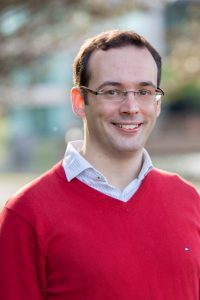
Giulio Chiribella, a physicist at the University of Hong Kong, reconstructed quantum theory from ideas in information theory.
COURTESY OF CIFAR
One challenge is to decide what should be designated an axiom and what physicists should try to derive from the axioms. Take the quantum no-cloning rule, which is another of the principles that naturally arises from Chiribella’s reconstruction. One of the deep findings of modern quantum theory, this principle states that it is impossible to make a duplicate of an arbitrary, unknown quantum state.
It sounds like a technicality (albeit a highly inconvenient one for scientists and mathematicians seeking to design quantum computers). But in an effort in 2002 to derive quantum mechanics from rules about what is permitted with quantum information, Jeffrey Bub of the University of Maryland and his colleagues Rob Clifton of the University of Pittsburgh and Hans Halvorson of Princeton University made no-cloning one of three fundamental axioms. One of the others was a straightforward consequence of special relativity: You can’t transmit information between two objects more quickly than the speed of light by making a measurement on one of the objects. The third axiom was harder to state, but it also crops up as a constraint on quantum information technology. In essence, it limits how securely a bit of information can be exchanged without being tampered with: The rule is a prohibition on what is called “unconditionally secure bit commitment.”
These axioms seem to relate to the practicalities of managing quantum information. But if we consider them instead to be fundamental, and if we additionally assume that the algebra of quantum theory has a property called non-commutation, meaning that the order in which you do calculations matters (in contrast to the multiplication of two numbers, which can be done in any order), Clifton, Bub and Halvorson have shown that these rules too give rise to superposition, entanglement, uncertainty, nonlocality and so on: the core phenomena of quantum theory.
Another information-focused reconstruction was suggested in 2009 by Borivoje Dakić and Časlav Brukner, physicists at the University of Vienna. They proposed three “reasonable axioms” having to do with information capacity: that the most elementary component of all systems can carry no more than one bit of information, that the state of a composite system made up of subsystems is completely determined by measurements on its subsystems, and that you can convert any “pure” state to another and back again (like flipping a coin between heads and tails).
Dakić and Brukner showed that these assumptions lead inevitably to classical and quantum-style probability, and to no other kinds. What’s more, if you modify axiom three to say that states get converted continuously—little by little, rather than in one big jump—you get only quantum theory, not classical. (Yes, it really is that way round, contrary to what the “quantum jump” idea would have you expect—you can interconvert states of quantum spins by rotating their orientation smoothly, but you can’t gradually convert a classical heads to a tails.) “If we don’t have continuity, then we don’t have quantum theory,” Grinbaum said.
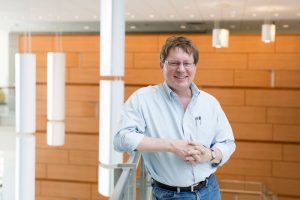
May 26, 2015 – Harvard University
Quantum Physicist Chris Fuchs stands for a portrait inside the Integrated Sciences building on the campus of UMass Boston.
Photo by Katherine Taylor for Quanta
A further approach in the spirit of quantum reconstruction is called quantum Bayesianism, or QBism. Devised by Carlton Caves, Christopher Fuchs and Rüdiger Schack in the early 2000s, it takes the provocative position that the mathematical machinery of quantum mechanics has nothing to do with the way the world really is; rather, it is just the appropriate framework that lets us develop expectations and beliefs about the outcomes of our interventions. It takes its cue from the Bayesian approach to classical probability developed in the 18th century, in which probabilities stem from personal beliefs rather than observed frequencies. In QBism, quantum probabilities calculated by the Born rule don’t tell us what we’ll measure, but only what we should rationally expect to measure.
In this view, the world isn’t bound by rules—or at least, not by quantum rules. Indeed, there may be no fundamental laws governing the way particles interact; instead, laws emerge at the scale of our observations. This possibility was considered by John Wheeler, who dubbed the scenario Law Without Law. It would mean that “quantum theory is merely a tool to make comprehensible a lawless slicing-up of nature,” said Adán Cabello, a physicist at the University of Seville. Can we derive quantum theory from these premises alone?
“At first sight, it seems impossible,” Cabello admitted—the ingredients seem far too thin, not to mention arbitrary and alien to the usual assumptions of science. “But what if we manage to do it?” he asked. “Shouldn’t this shock anyone who thinks of quantum theory as an expression of properties of nature?”
Making Space for Gravity
In Hardy’s view, quantum reconstructions have been almost too successful, in one sense: Various sets of axioms all give rise to the basic structure of quantum mechanics. “We have these different sets of axioms, but when you look at them, you can see the connections between them,” he said. “They all seem reasonably good and are in a formal sense equivalent because they all give you quantum theory.” And that’s not quite what he’d hoped for. “When I started on this, what I wanted to see was two or so obvious, compelling axioms that would give you quantum theory and which no one would argue with.”
So how do we choose between the options available? “My suspicion now is that there is still a deeper level to go to in understanding quantum theory,” Hardy said. And he hopes that this deeper level will point beyond quantum theory, to the elusive goal of a quantum theory of gravity. “That’s the next step,” he said. Several researchers working on reconstructions now hope that its axiomatic approach will help us see how to pose quantum theory in a way that forges a connection with the modern theory of gravitation—Einstein’s general relativity.
Perhaps when we finally get our hands on quantum gravity, the interpretation will suggest itself. Lucien Hardy
Look at the Schrödinger equation and you will find no clues about how to take that step. But quantum reconstructions with an “informational” flavor speak about how information-carrying systems can affect one another, a framework of causation that hints at a link to the space-time picture of general relativity. Causation imposes chronological ordering: An effect can’t precede its cause. But Hardy suspects that the axioms we need to build quantum theory will be ones that embrace a lack of definite causal structure—no unique time-ordering of events—which he says is what we should expect when quantum theory is combined with general relativity. “I’d like to see axioms that are as causally neutral as possible, because they’d be better candidates as axioms that come from quantum gravity,” he said.
Hardy first suggested that quantum-gravitational systems might show indefinite causal structure in 2007. And in fact only quantum mechanics can display that. While working on quantum reconstructions, Chiribella was inspired to propose an experiment to create causal superpositions of quantum systems, in which there is no definite series of cause-and-effect events. This experiment has now been carried out by Philip Walther’s lab at the University of Vienna—and it might incidentally point to a way of making quantum computing more efficient.
“I find this a striking illustration of the usefulness of the reconstruction approach,” Chiribella said. “Capturing quantum theory with axioms is not just an intellectual exercise. We want the axioms to do something useful for us—to help us reason about quantum theory, invent new communication protocols and new algorithms for quantum computers, and to be a guide for the formulation of new physics.”
But can quantum reconstructions also help us understand the “meaning” of quantum mechanics? Hardy doubts that these efforts can resolve arguments about interpretation—whether we need many worlds or just one, for example. After all, precisely because the reconstructionist program is inherently “operational,” meaning that it focuses on the “user experience”—probabilities about what we measure—it may never speak about the “underlying reality” that creates those probabilities.
“When I went into this approach, I hoped it would help to resolve these interpretational problems,” Hardy admitted. “But I would say it hasn’t.” Cabello agrees. “One can argue that previous reconstructions failed to make quantum theory less puzzling or to explain where quantum theory comes from,” he said. “All of them seem to miss the mark for an ultimate understanding of the theory.” But he remains optimistic: “I still think that the right approach will dissolve the problems and we will understand the theory.”
Maybe, Hardy said, these challenges stem from the fact that the more fundamental description of reality is rooted in that still undiscovered theory of quantum gravity. “Perhaps when we finally get our hands on quantum gravity, the interpretation will suggest itself,” he said. “Or it might be worse!”
MORE QUANTA
Right now, quantum reconstruction has few adherents—which pleases Hardy, as it means that it’s still a relatively tranquil field. But if it makes serious inroads into quantum gravity, that will surely change. In the 2011 poll, about a quarter of the respondents felt that quantum reconstructions will lead to a new, deeper theory. A one-in-four chance certainly seems worth a shot.
Grinbaum thinks that the task of building the whole of quantum theory from scratch with a handful of axioms may ultimately be unsuccessful. “I’m now very pessimistic about complete reconstructions,” he said. But, he suggested, why not try to do it piece by piece instead—to just reconstruct particular aspects, such as nonlocality or causality? “Why would one try to reconstruct the entire edifice of quantum theory if we know that it’s made of different bricks?” he asked. “Reconstruct the bricks first. Maybe remove some and look at what kind of new theory may emerge.”
“I think quantum theory as we know it will not stand,” Grinbaum said. “Which of its feet of clay will break first is what reconstructions are trying to explore.” He thinks that, as this daunting task proceeds, some of the most vexing and vague issues in standard quantum theory—such as the process of measurement and the role of the observer—will disappear, and we’ll see that the real challenges are elsewhere. “What is needed is new mathematics that will render these notions scientific,” he said. Then, perhaps, we’ll understand what we’ve been arguing about for so long.
Original story reprinted with permission from Quanta Magazine, an editorially independent publication of the Simons Foundation whose mission is to enhance public understanding of science by covering research developments and trends in mathematics and the physical and life sciences.

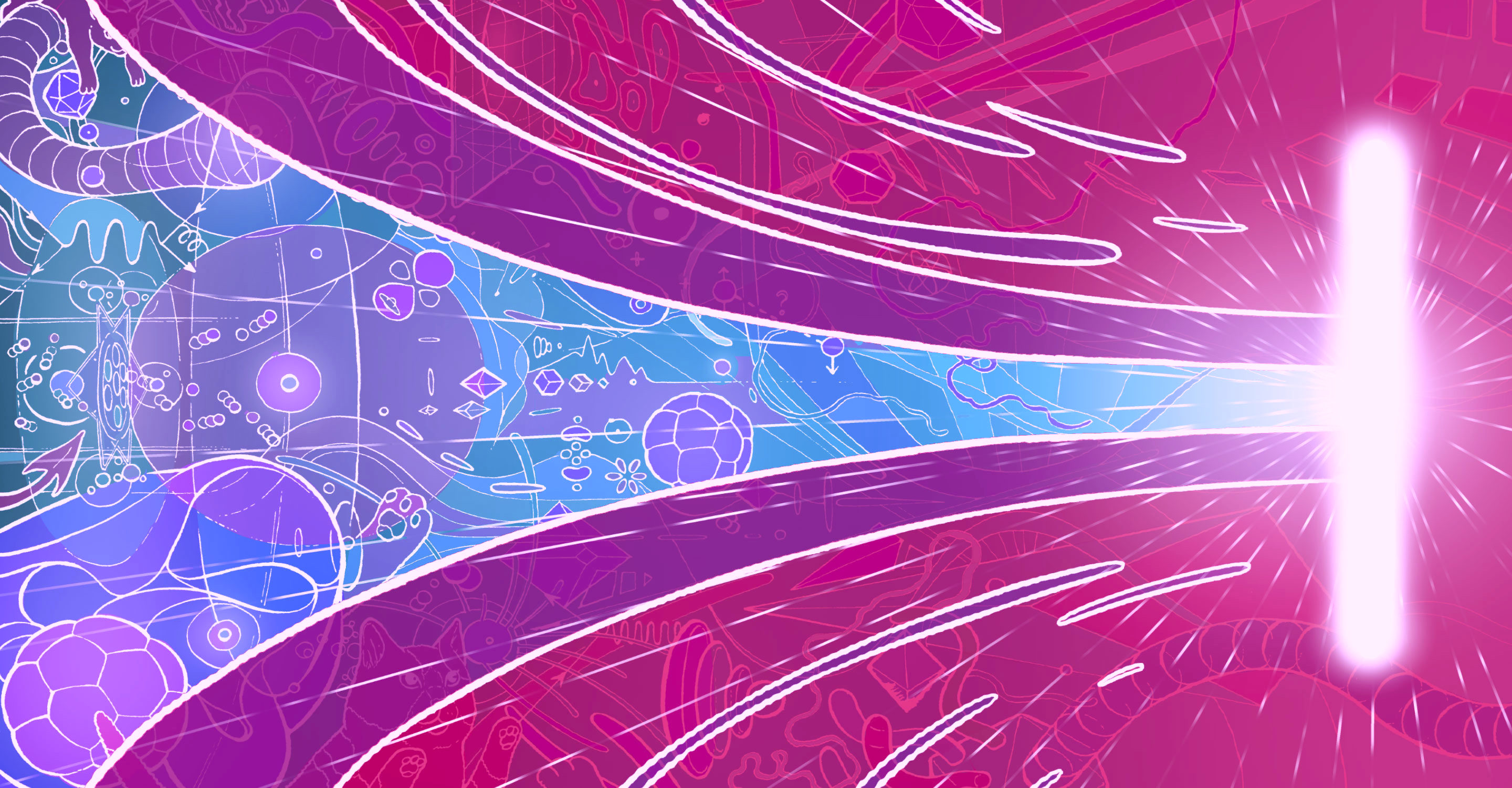
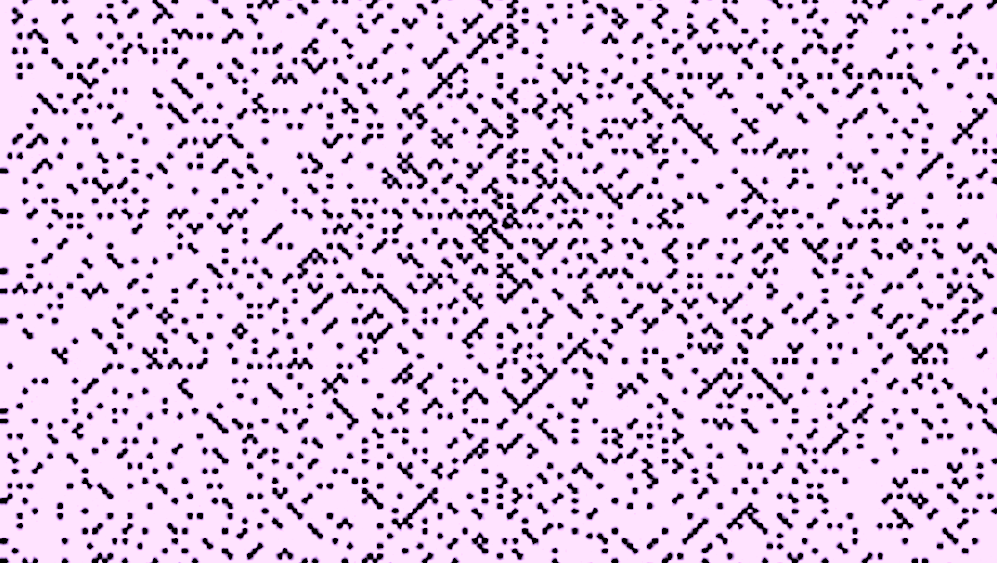
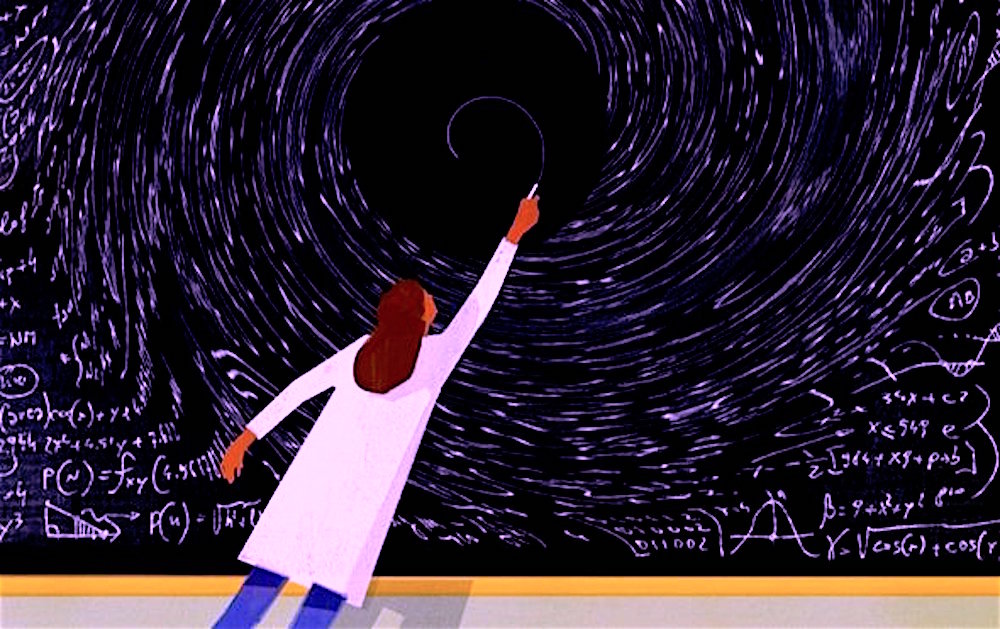



Recent Comments